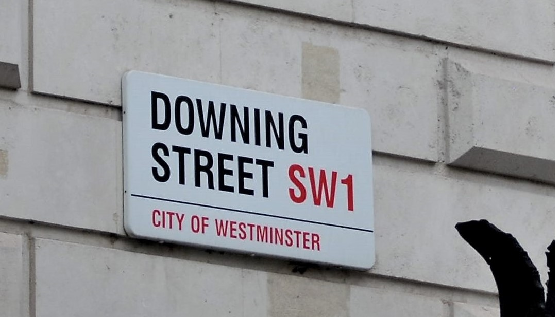There were many controversial parts in the testimony the Prime Minister’s former advisor, Dominic Cummings, gave to the joint session of the House of Commons Health and Social Care and Science and Technology Committees last month. Perhaps to primarily defend his role in the Government’s handling of the pandemic, or because he believes it to be true, or both, he repeatedly pointed to failures in defining, agreeing, and sticking to policy, as the cause of any contradiction and confusion coming from 10 Downing Street.
The questions his appearance and evidence asked were: how can you have an effective communications strategy if the policy is vague? How can you deploy a consistent message when your spokespeople – in this case members of the Government – seem to change their mind and deviate from the agreed approach?
While forming policy, governing and communicating effectively through a pandemic undoubtedly has unique challenges, there are some learnings that business leaders and their communications teams can take from this and apply to communicating in the complex landscape we see today.
The pandemic is of course a pervasive theme now for governments and businesses alike and has perhaps brought into even sharper focus the expectation for businesses to discuss and act on some of societies biggest issues – climate change, inclusivity and diversity, mental health and wellbeing, technological advancement and its impact. What the leaders of those businesses say and how they say it, has potential impact, either positive or negative, on employees, external stakeholders and the communities of which the business is a part.
Getting it right could be the difference between deepening and cementing relationships and creating conflict and, at worst, jeopardizing a licence to operate.
So, what lessons can business leaders and those advising them on communications take from the Cummings evidence to ensure their communications are free from conflict and contradiction. In some ways, it’s a helpful reminder to go back to corporate communications basics:
1) Define the ‘policy’ – while having a perspective on these big issues and being willing to share it is expected, it’s important that what you’re communicating is based on experience, action or concrete plans. Businesses need to walk the walk, not just talk the talk. To have the most authoritative and authentic communications, it must be based on what the business is actually doing or the commitments it has made. In essence – businesses need to get the policy right and then ensure that business leaders know and understand the Companies’ perspectives, approach and key responses. One caveat to this, is also to make sure that as policy changes, which it inevitably does, that those communicating know and understand what’s changed.
2) Agree the messaging – once the ‘policy’ is set, as with all forms of communications preparation is then key. Whilst communications teams can develop and define messaging, it’s essential that this is done in collaboration with those who are expecting to be doing the communicating. The team needs to be asking questions; are the business leaders comfortable with the messaging? Can they see themselves saying the words with confidence, regardless of audience? If not, the messaging isn’t right. This preparation and approach is always harder in a time of crisis, when a swift response is being demanded, but perhaps then more than ever (as with COVID-19), it’s important to get it agreed and for everyone to be comfortable in sticking with it. Contradiction or confusion is the most damaging when a business is under intense scrutiny.
3) Identify the spokesperson – Who is the right person to be talking, who is the best? Spoiler alert, these aren’t always the same. In some situations there is little choice of spokesperson, but where choice exists, the communications teams and the business need to look closely at who is best to authoritatively talk on behalf of the business on a specific topic. In some cases, that will be the most obvious person: the Chief Sustainability Officer on climate change and sustainability, the Head of Diversity and Inclusion on gender equality. But, sometimes, having someone outside of obvious title responsibility can support the ‘we’re walking the walk’ approach. For example, having the CFO talk confidently about the companies’ approach to equality and inclusion (and what it means to them personally) can showcase how integrated and embedded the ‘policy’ is within the business.
No one gets communications right every time, but defining an approach, agreeing messaging and putting forward the appropriate or most effective spokesperson is a good way to get it right more often.





Comments